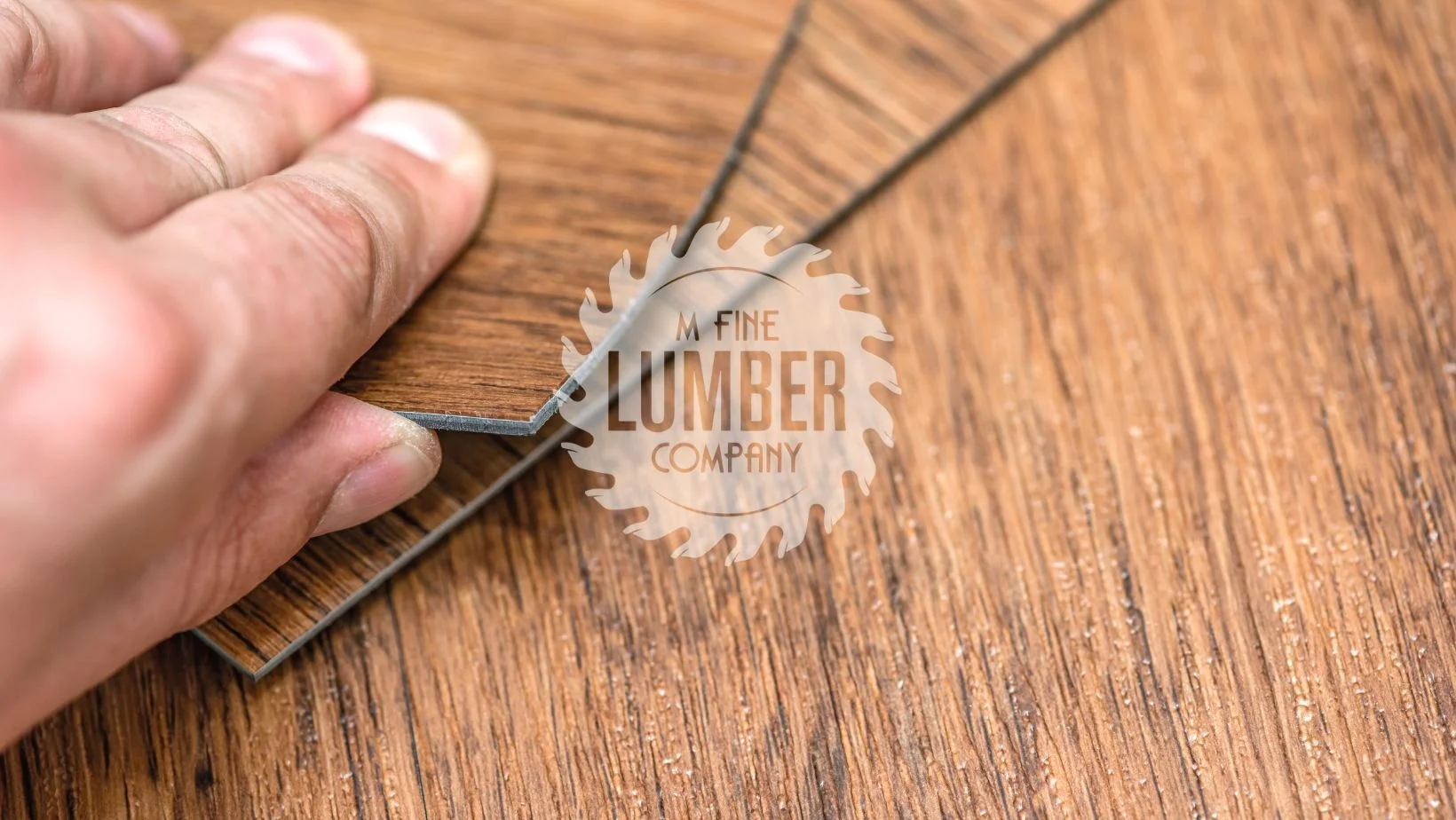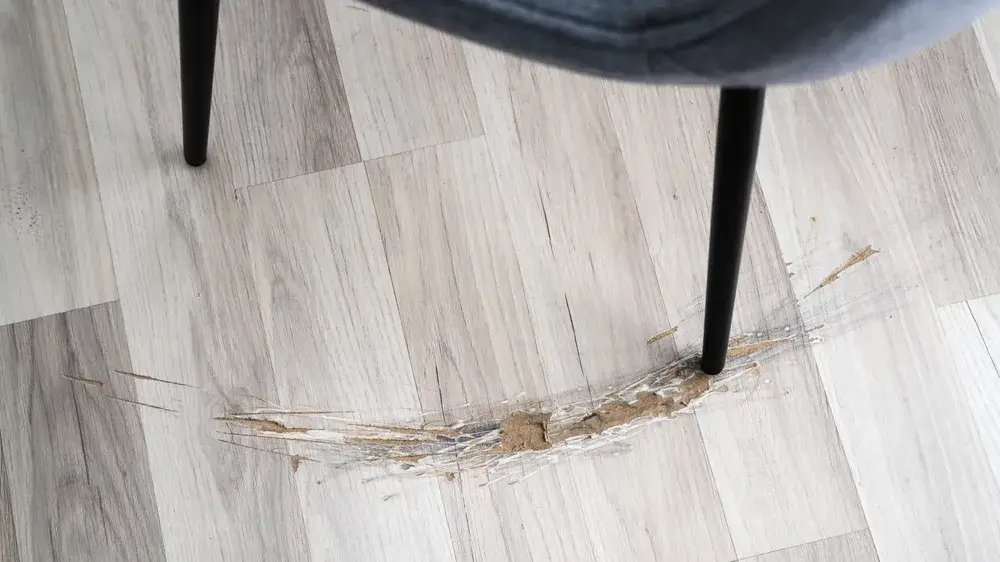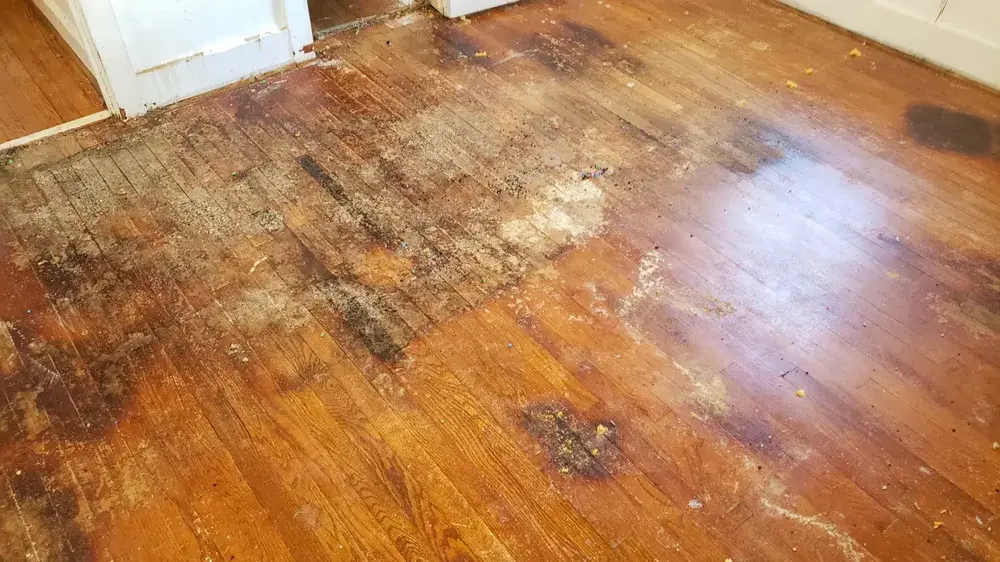
Concrete floor joints are critical elements in any construction project, particularly in industrial facilities where the floor surface must withstand heavy-duty material handling equipment. Despite their importance, these joints can deteriorate over time, leading to costly repairs and potential safety hazards. This blog explores the importance of early detection and floor joint repair, potentially saving significant resources and ensuring a safer environment.
When the joints in a concrete floor are planned, the fact that concrete expands and contracts with temperature is taken into account. This makes it possible for the floor to work properly, no matter what the weather is like. This way of doing things works to stop cracks and other kinds of damage. They may fail at some point, though, if they are constantly hit by things that break, like heavy loads, wheeled traffic, and other things that are rough. Because of this, it is important to keep a close eye out for any signs of damage and act quickly to fix them if you see any.

If the concrete floor joints are broken, cracks on the surface can be very small and only go a short way through the slabs, or they can be very large and go all the way through. What kind of material is used to fix things and how much it costs are often both determined by how bad the damage is. It is important to know how likely it is that something will break before you can come up with a good repair plan.

Several factors contribute to the deterioration of concrete floor joints. Heavy-duty machinery, material handling equipment, and frequent wheeled traffic can cause physical wear and tear. Temperature fluctuations can also induce expansion and contraction, which can lead to cracking if the joints are not able to accommodate these movements. Lastly, inadequate joint filling during construction or poor-quality repair material can also contribute to joint damage.
When concrete floor joints are neglected, the consequences can quickly escalate. As time passes, cracks have the potential to gradually deepen and widen, thereby impacting larger surface areas of the floor. When joints become damaged, they can have a detrimental impact on the seamless operation of equipment, leading to additional wear and tear and a heightened potential for accidents to occur. In the long run, the presence of significant joint damage has the potential to undermine the overall structural stability of the floor, thereby requiring a substantial investment of both finances and time for its eventual replacement.
Identifying joint damage early also allows for quick repairs, which fully solves the problem. The cost and difficulty of bigger repairs or replacements are usually higher than those of smaller, more limited ones. Preventing problems early also reduces the time needed for big repairs, which keeps your business running smoothly and stops you from losing work. Fixing damage early on usually means doing smaller jobs that are easier to handle. These are usually cheaper because they are easier to do and require less time and supplies. Additionally, fixes that are done early reduce downtime, which helps businesses avoid losing money and time. Repairs done early save a lot of money in the long run for these reasons.

Keeping the floor from getting damaged by finding it early. Quick action lowers the number of floor fixes needed by protecting its structure. When floors don’t need to be maintained, material handling equipment can move more easily, which is good for both the equipment and the floors. Picking the right materials and fixing methods after damage is done is very important.
Semi-rigid joint fillers are frequently used for restoring concrete floors. Despite concrete expanding and contracting, it won’t break. Their ability to hold weight makes them useful for heavy-duty industrial uses. Although both epoxy glue and polyurea sealant can be used to fix things, they perform different tasks.

